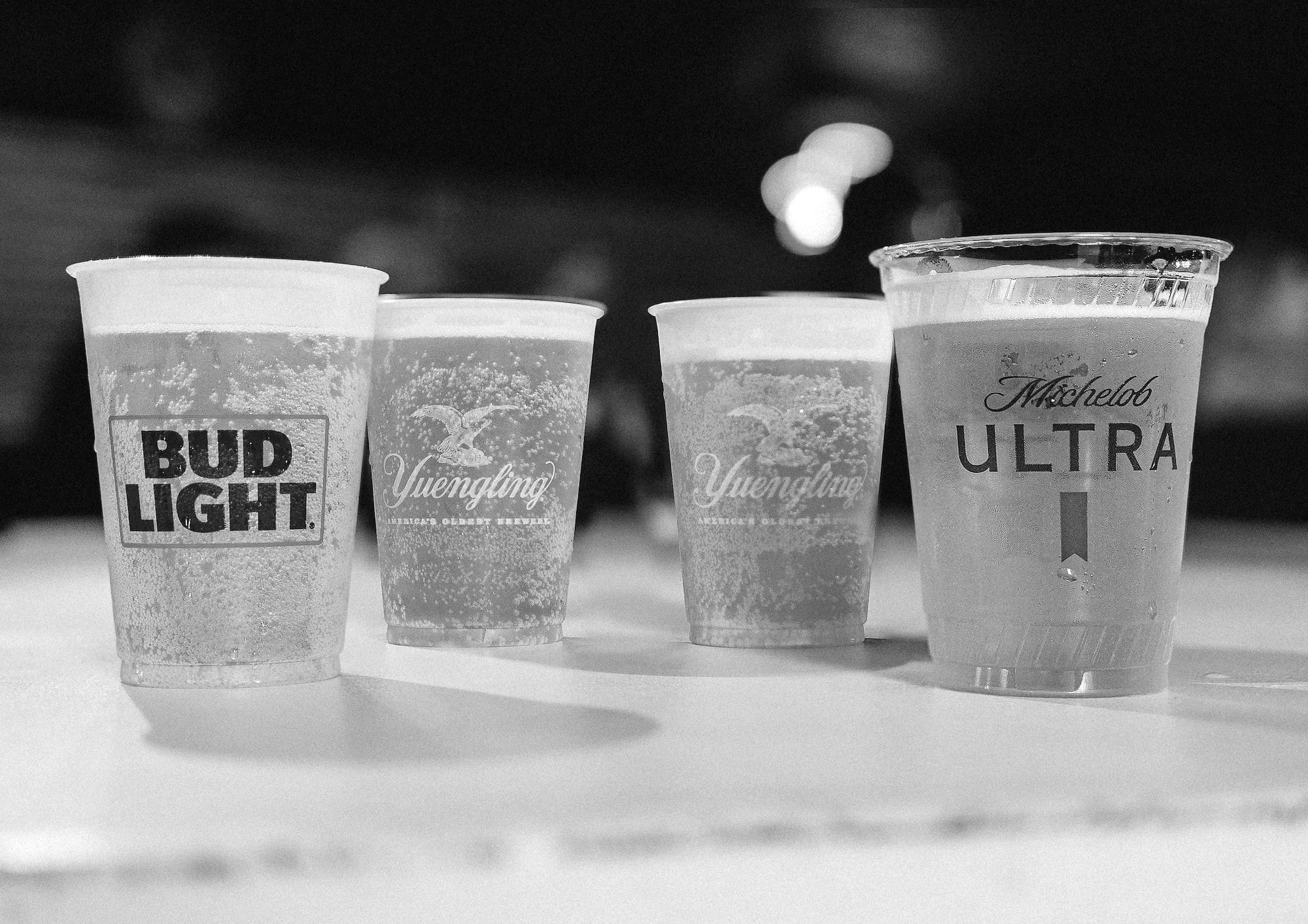Managing influencer marketing risk
Just because an opportunity (like influencer marketing) exists it doesn't mean that its the right one for you.

For brands - influencer marketing is incredibly effective, but at the same time potentially hugely risky.
You don't need to look too far these days to find a nightmarish tale of woe where, what seemed like a good marketing tactic on paper, went horribly wrong.

The things that make influencer marketing so effective (an authentic voice that speaks directly to a dedicated, engaged audience of fans, massively-scaled to maximise reach thanks to social media channels) are also the elements that make the outcome of the engagement so unpredictable and tricky to manage.
For example, the New York Times recently reported on a related story where Shein, the controversial Chinese fast-fashion online retailer, 'invited' 50 American Instagram and TikTok creators to tour its factories in an effort to try and rebrand its widely-held negative image of exploitation and human rights abuses.
The campaign however, did not go as planned.
Once the videos started hitting TikTok, it became clear the operation wasn’t going to do much to change people’s minds. Users called out the influencers for sharing “propaganda.” - via
The content blew up on TikTok and very quickly turned into a PR disaster for Shein and the influencers, who were severely trolled by people who strongly disagreed with the 'manufactured' message that was being dished out.
This story is but one of many.
There certainly seems to be a growing trend of brands experiencing a public backlash to their use of influencers.
So what are the solutions to the problem?
Understand the landscape
Firstly, it's important to understand that 'influencer content creation and distribution' is a world away from ad agency / PR agency-driven content production. The narrative cannot be easily crafted or controlled by the brand itself, so you are willingly electing to hand over control of your brand image to a freelance external party who may not be privy to the nuances of your brand character or have the skillset to know how to manage the messaging.
So when engaging in an influencer campaign, do so with the expectation of disaster.
Run the worse-case scenarios beforehand and have at least as plan as to how to manage the nightmare before one actually happens (because it will).
Know what's appropriate for your brand
Even though influencer marketing is very effective, that doesn't mean it's appropriate for all brands, or all kinds of campaigns.
The medium needs to line up with what you think is a plausible match.
This is often a case of common sense, which is why the Bud Light story leaves us scratching our heads; and this Shein example makes us wonder what they were really thinking when they gave this thing the green light.
Be prepared for the comments
Social media is open and has a reach beyond that of the influencer's core audience.
If trolls catch wind of an opportunity to flame a brand that has made a hash of things, they will arrive in the comments section in their droves.
This can be personally unnerving and extremely damaging for a brand. Again, calculate this risk beforehand and consider using communication mediums that are more controllable should a red flag pop up for you - all things considered.
Remember that just because an opportunity (like influencer marketing) exists it doesn't mean that its the right one for you.
Influencer marketing is powerful, but also it's fraught with danger.
Proceed with caution.
More:






